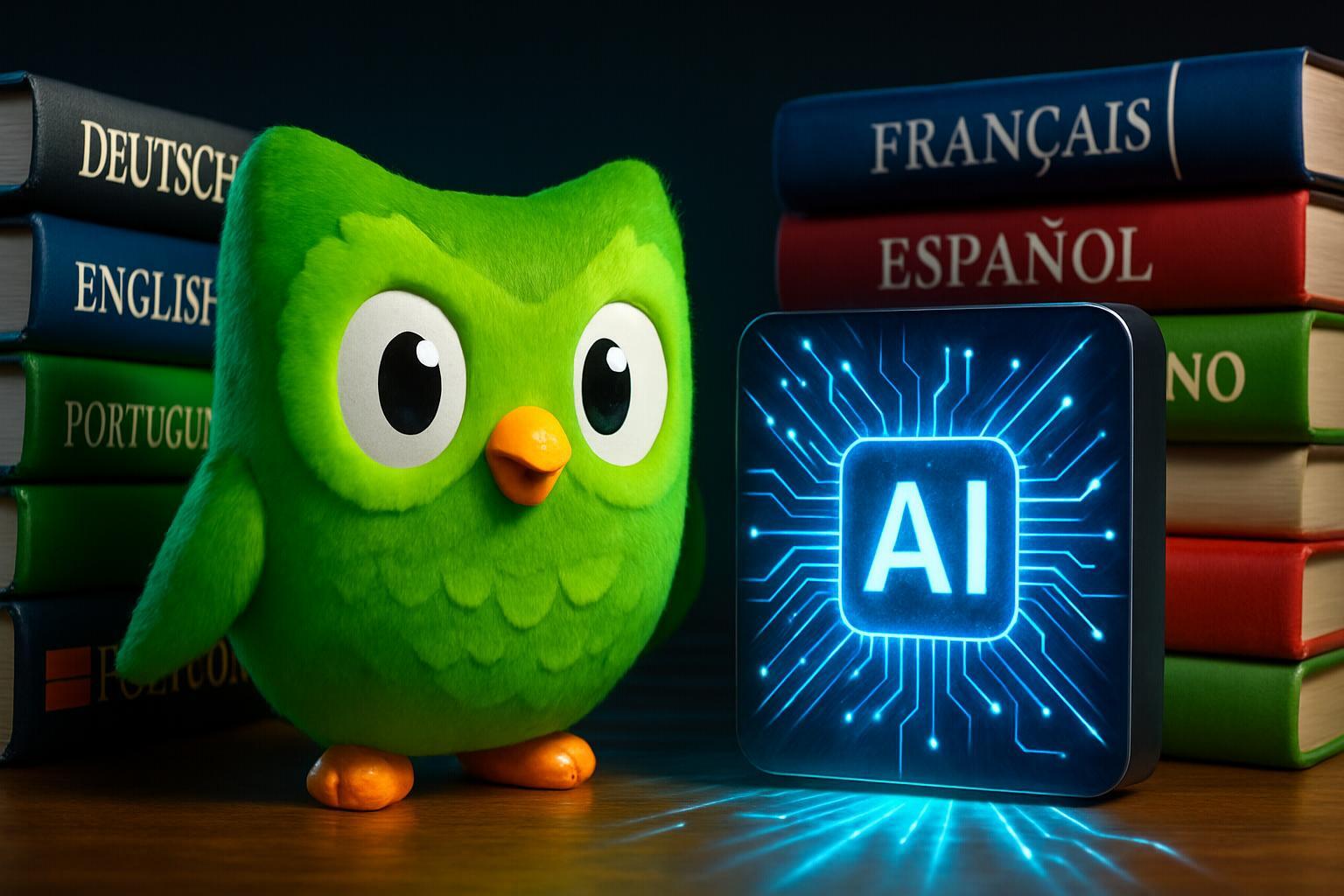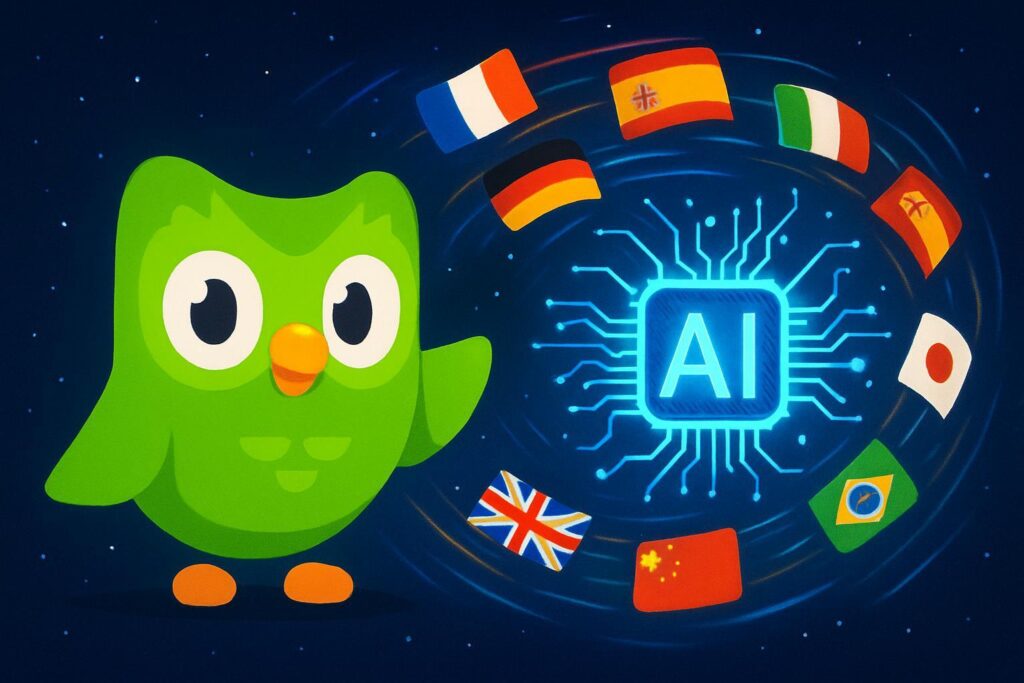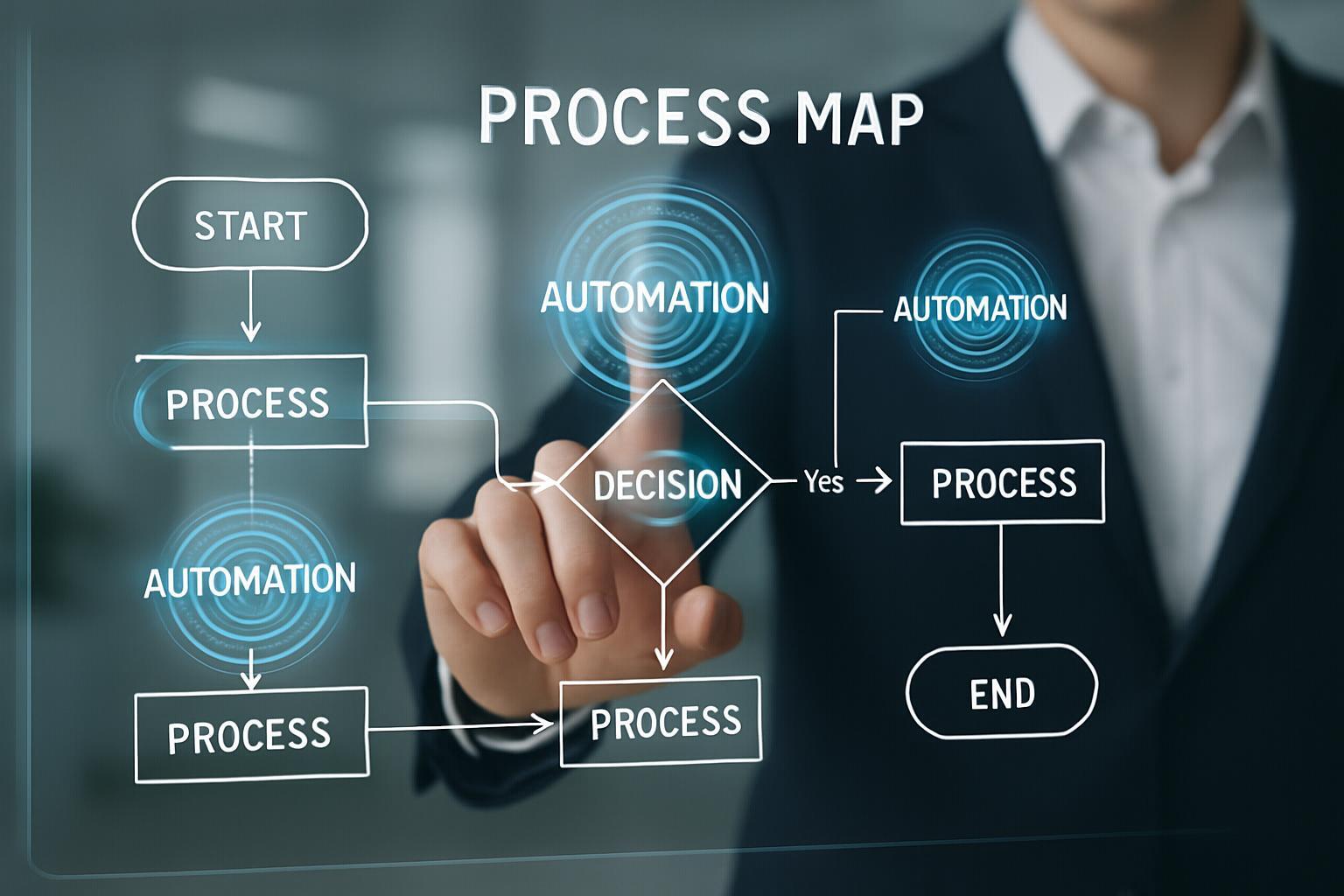The language learning platform Duolingo has achieved an unprecedented milestone in the development of educational content thanks to the implementation of a strategy focused on artificial intelligence. The company has managed to create more language courses in less than a year than in the previous twelve years, demonstrating the transformative impact of generative AI in automating large-scale educational processes .
The AI-driven content explosion
As the company recently announced, Duolingo has launched 148 new language courses, all created using generative artificial intelligence. This massive expansion has allowed the seven most popular non-English languages—Spanish, French, German, Italian, Japanese, Korean, and Mandarin—to now be available in the 28 interface languages supported by the application.
Duolingo CEO Luis von Ahn highlighted that the company has been able to develop more courses in less than a year than those created throughout its previous history combined . "Developing our first 100 courses took us approximately 12 years, and now in approximately one year we have been able to create and launch almost 150 new courses," explained Von Ahn in an official statement.
The new courses are mainly aimed at beginners (A1-A2 levels) and include formats such as Stories and DuoRadio, with additional content planned for the coming months. This expansion particularly benefits users in Asia, Latin America, and Europe, who now have better access to popular Asian languages.

The "AI-first" strategy and its impact on content production
Duolingo has announced a significant restructuring of its operations to focus on generative AI for content creation and process automation. This transformation is described as a fundamental cultural shift within the company, comparable to its early adoption of a "mobile-first" strategy in 2012, which led to the application being recognized as the App of the Year for iPhone in 2013.
Company management has indicated that AI is already transforming the way work is done, and that manual content creation is no longer considered viable for the company's needs. The replacement of slow manual processes with AI-powered solutions is cited as a key decision, making it possible to provide the desired amount of content for all students in a fraction of the time.
The advantages offered by this new strategy include:
- Exponentially faster production speed
- Ability to scale to more languages and combinations
- Shared content systems that facilitate adaptation between languages
- Possibility of developing new functionalities such as video calls
- Greater personalization of the educational experience
Organizational changes and hiring policy
As part of the restructuring, Duolingo is implementing several significant changes to its workforce and internal organization. The company has announced that it will gradually reduce its dependence on contractors in areas where AI can handle the work . At the beginning of 2024, it had already reduced 10% of its contractor workforce due to the implementation of AI to generate content.
Other important changes include:
- New hires will only occur for roles that cannot be automated
- The use of AI will be included in employee performance evaluations
- AI skills are now a criterion in hiring decisions
- Departments are being asked to reconsider their workflows and practices
Duolingo's management emphasizes that the goal is not to replace employees with AI, but to reduce repetitive tasks. Employees are encouraged to focus on creative work and real problem-solving, promising more training, mentoring, and access to AI tools for all teams.
Reactions and controversies
This transformation has not been without criticism. Some users have expressed concern about the quality of AI-generated content. "This saddens me because I have noticed the changes in the application and they are not good," wrote one commenter on LinkedIn. "The speaking and writing exercises are marking my answers as incorrect when they never were before."
However, a Duolingo spokesperson stated that the company rigorously tests all content, whether generated by AI or by humans, and that there is no evidence that AI leads to more errors . "Most students cannot distinguish whether a sentence was written by a human or an AI, and we are not seeing any significant activity around subscription cancellations," added the spokesperson.
Duolingo's approach to automation reflects a broader trend in the technology sector, where AI is redefining roles and operating models, generating both opportunities and challenges for employees and users.
The future of language learning
Duolingo's "AI-first" strategy marks a turning point in the language learning industry. The ability to create educational content on a previously unattainable scale could democratize access to language education for millions of people worldwide.
The integration of AI has also allowed Duolingo to venture into new thematic areas. For example, its new chess course, launched in beta for some iOS users, emerged from a prototype created by two non-engineers using the AI coding tool Cursor.
As the company continues to optimize its processes with AI, the balance between automation and educational quality will be crucial to maintaining the trust of its users and defining the future of AI-assisted learning in the education sector.

